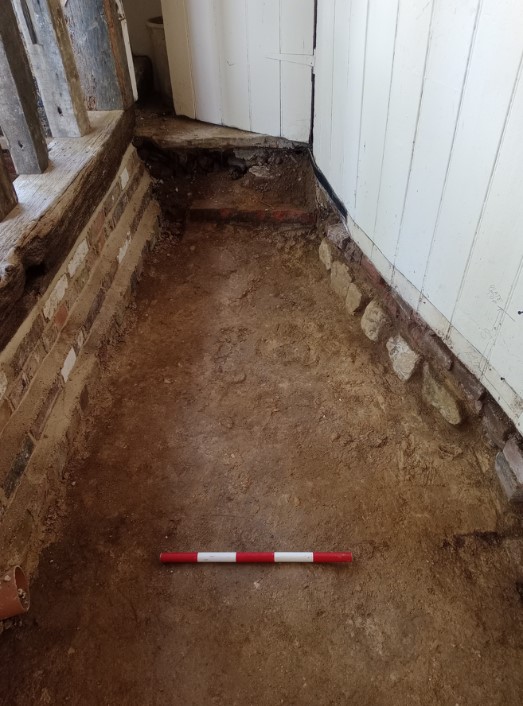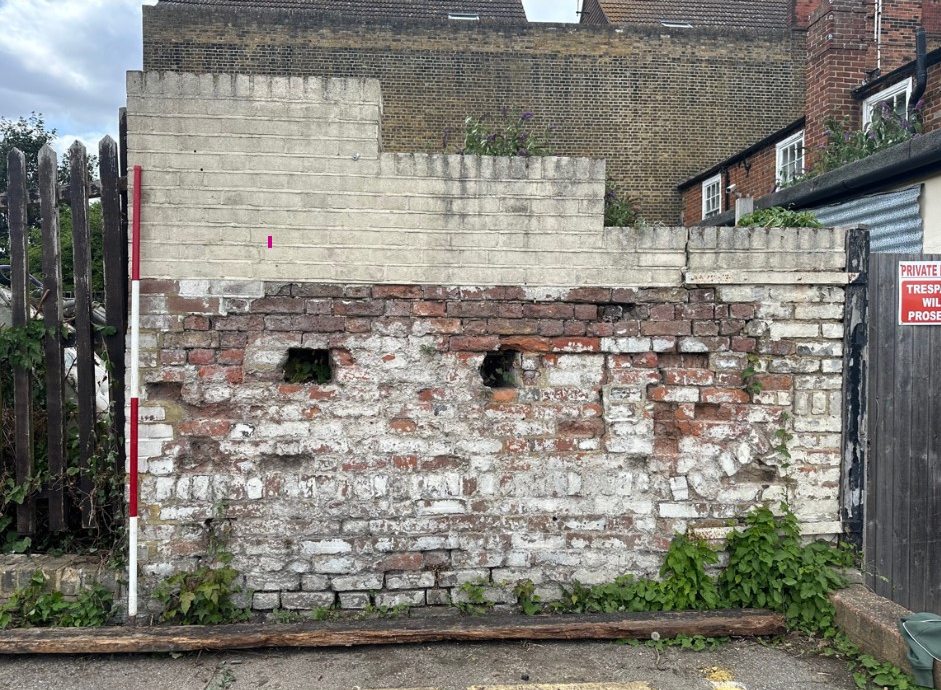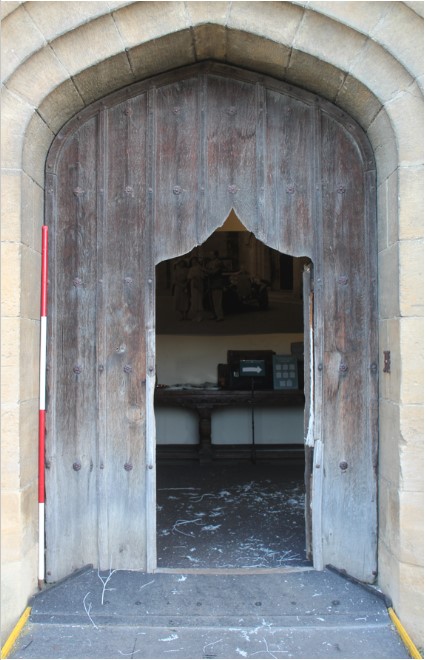Building Recording
Archaeological building recording, often referred to as Historic Building Recording (HBR), is a thorough and systematic process of documenting a building’s history, architectural character, and development, typically undertaken before any alterations, demolition, or redevelopment occurs. This process plays a crucial role in preserving valuable information about the building, capturing its physical characteristics, historical context, and significance. The recording typically includes a combination of written descriptions, photographs, detailed plans, and elevations, ensuring that the full range of the building’s features and history is thoroughly documented.
Historic building recording is particularly important when a historic structure, whether statutorily listed or unlisted, is to undergo alterations, extensions, or demolition. This process can begin early in the design phase, providing the project team and relevant statutory authorities with crucial information about the buildings’ historical importance, architectural fabric, cultural value, and its relationship to its surrounding environment. This early input helps guide the design process, ensuring that proposed changes are sensitive to the building’s heritage and that a balanced approach is taken, which allows for modernization or redevelopment while ensuring the long-term conservation of the asset.
In some cases, building recording is carried out as part of a mitigation strategy, often mandated as a condition of development approval. In these instances, the level of detail required for the record is typically determined by the Conservation Officer or Archaeological Advisor working with the planning authority. The primary goal here is to produce a detailed record of the building before work commences, ensuring that the structure’s historical significance and evolution are preserved for future generations, even if the building is ultimately demolished.
The programme of Historic Building Recording is conducted in accordance with established criteria and guidance, as stipulated by Historic England. There are four distinct levels of Historic Building Recording Surveys, each tailored to the scale and importance of the building in question:
- Level 1: A basic photographic record, capturing the overall structure and key features.
- Level 2: A more comprehensive summary record, combining written descriptions and photographic documentation to provide a clear overview of the building.
- Level 3: An analytical record that includes detailed written accounts, architectural drawings, and photographs, offering an in-depth analysis of the building’s development and significance.
- Level 4: A highly detailed and thorough record, incorporating extensive written, drawn, and photographic documentation to provide a complete and in-depth analysis of the building’s history, structure, and any changes over time.
Each level of recording serves to ensure that the building’s heritage is appropriately documented and preserved, offering valuable insight into the historical fabric of the building for future study and conservation efforts.



